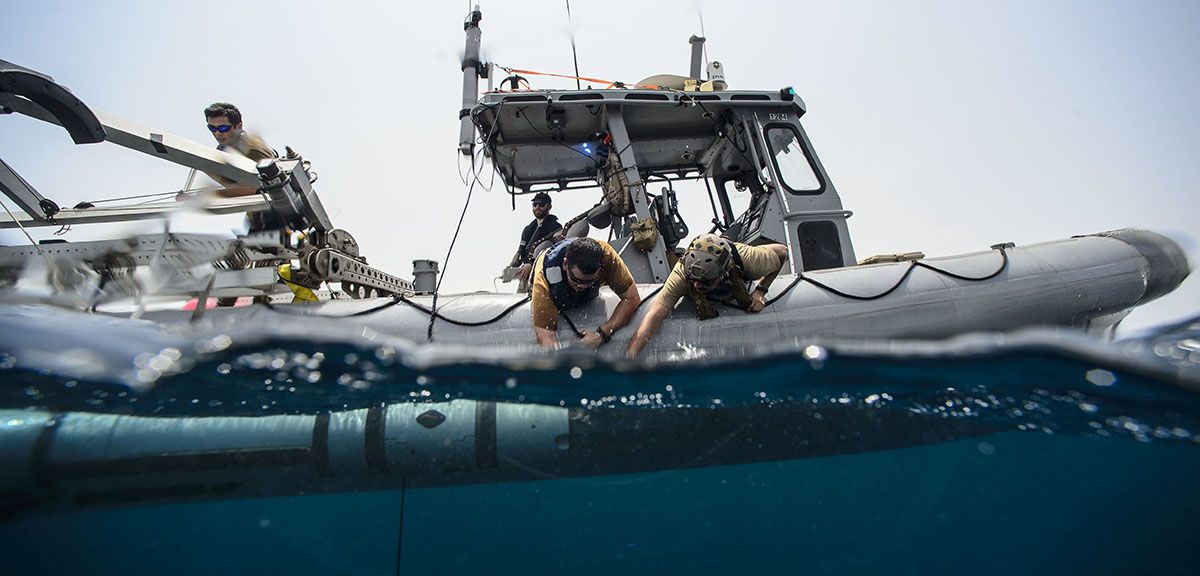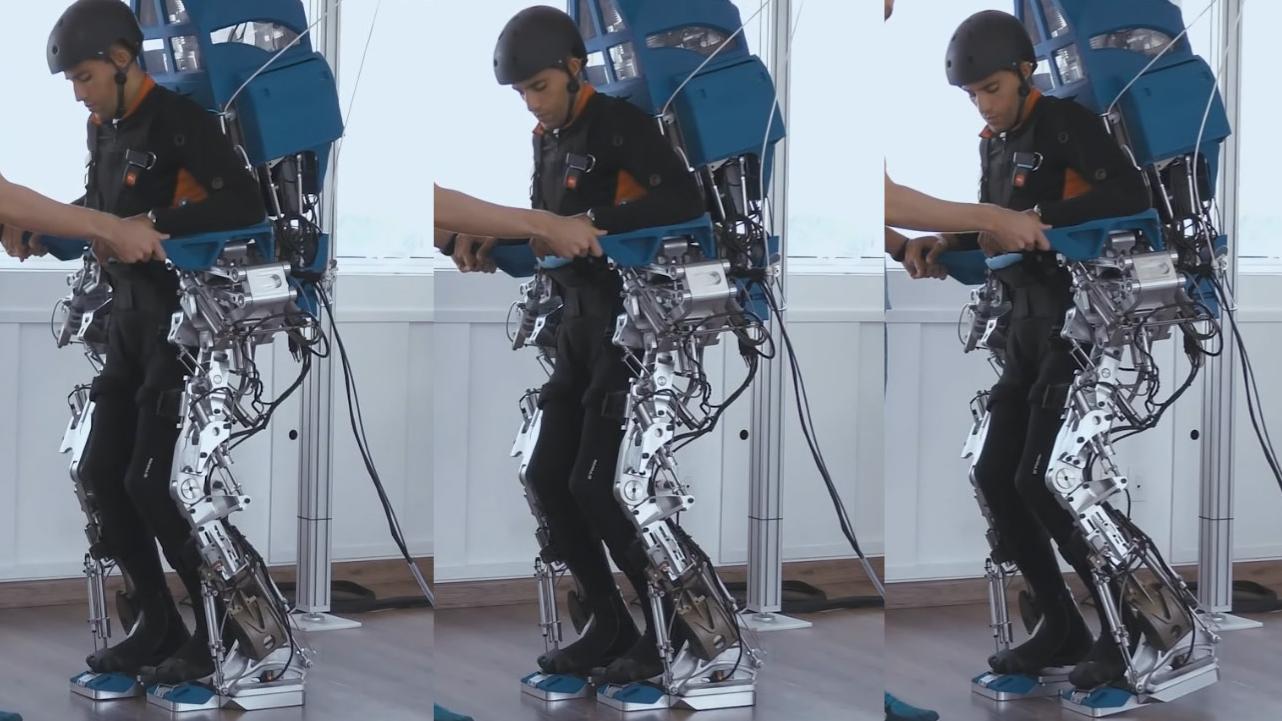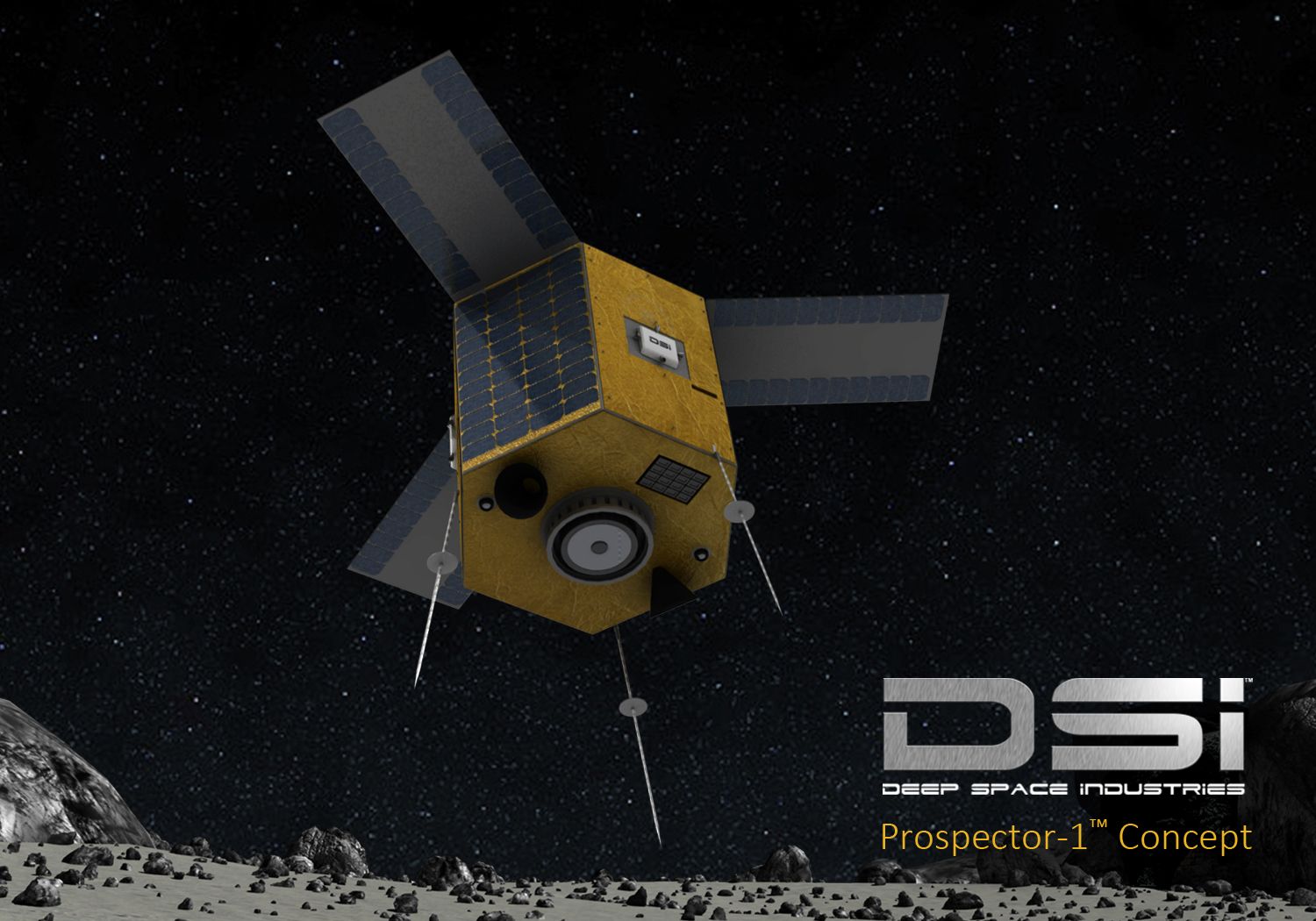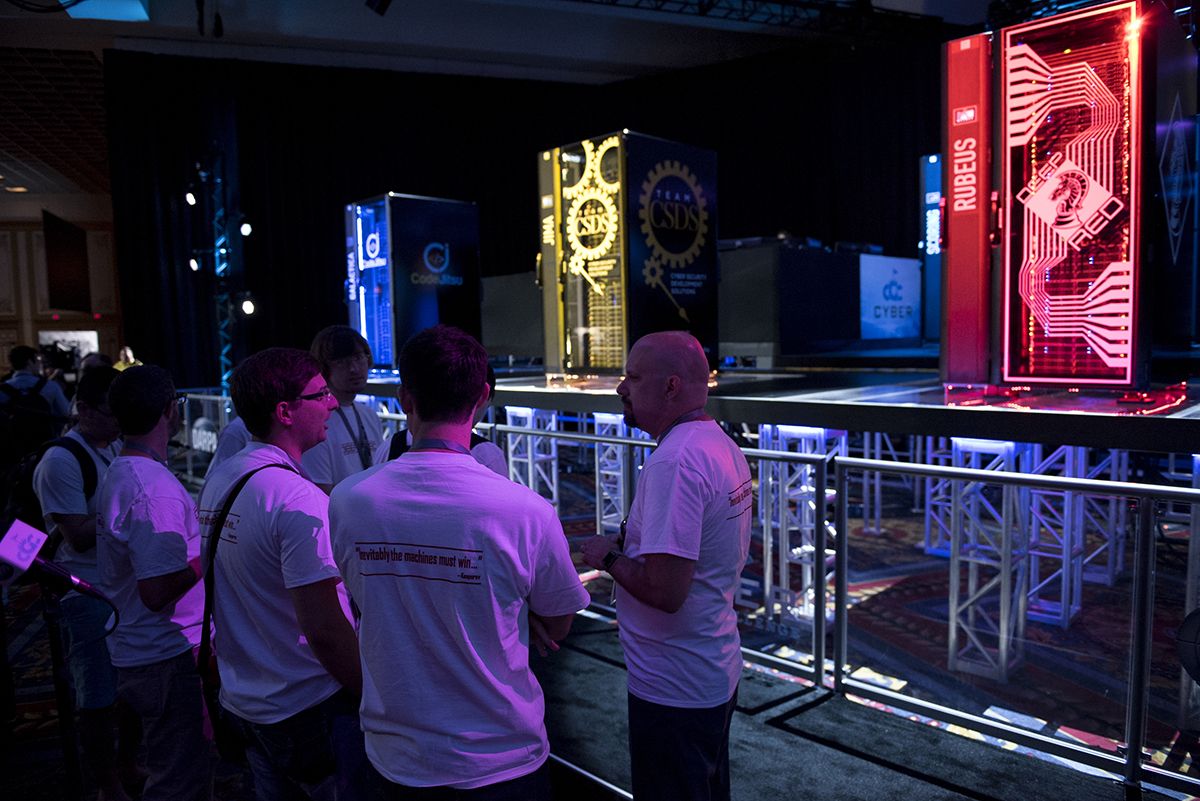It can roam freely around your home.



Hey Boston Dynamics why don’t you team up with D-Wave and/ or Google’s QC work in building your advance robot because everyone knows that the real magic in robotics and other AI isn’t going to be realized until QC is implemented as part of the under lying technology.
Boston Dynamics is an engineering company that specializes in building dynamic robots and software for human simulation. You know doubt know of them from the many videos they produce. One of the more recent ones is below:
Currently a wholly owned subsidiary of Google, Inc. Began as a spin-off from the Massachusetts Institute of Technology, where National Academy of Engineering member Marc Raibert and his colleagues first developed robots that ran and maneuvered like animals. They founded the company in 1992, and their ground-breaking work continues to inspire the work.

“Sending a letter to the White House is getting a digital upgrade … In addition to accepting hand-written missives by postal mail and emails, the public can now send a note to President Obama via Facebook.”


Got visitors coming in 2 days to check out your IT operations and need a data center popped up quickly to show off in front of the potential customers; well, now you can do it in 29 hours.
Defense team sets up AI-based security for the Cyber Grand Challenge.
The US Defense Advanced Research Projects Agency (DARPA) has knocked up a small, liquid cooled data center in just 29 hours ahead of the Cyber Grand Challenge (CGC).
Taking place on August 4, CGC aims to test the possibility of using artificial intelligence security systems that can find and patch security holes without human intervention.

I know so many people who will benefit from this.
During the 2014 FIFA World Cup opening ceremony, a young Brazilian man, paralyzed from the chest down, delivered the opening kickoff. He used a brain-machine interface, allowing him to control the movements of a lower-limb robotic exoskeleton.
This unprecedented scientific demonstration was the work of the Walk Again Project (WAP), a nonprofit, international research consortium that includes Alan Rudolph, vice president for research at Colorado State University, who is also an adjunct faculty member at Duke University’s Center for Neuroengineering.
Barely two years after the demonstration, the WAP has released its first clinical report, published Aug. 11 in Scientific Reports. They report that a group of patients who trained throughout 2014 with the WAP’s brain-controlled system, including a motorized exoskeleton, have regained the ability to voluntarily move their leg muscles and to feel touch and pain in their paralyzed limbs. This, despite being originally diagnosed as having a clinically complete spinal cord injury — in some cases more than a decade earlier.

Eight completely paralysed people have regained function in their limbs following virtual reality training, in an accidental result that has astonished even the scientists involved.
Using a brain-machine interface, scientists showed that people with long-term severe paralysis could retrain the few remaining connections in their damaged spines, letting their brains talk to their extremities once more. This enabled them to feel sensation, move their limbs and improved their bladder and bowel control.
The results came about as a wholly unexpected side effect of training to help people use robotic exoskeletons, which let them walk upright.

This is a comprehensive and critical write-up on some of my policies by some leading researchers and thinkers. It’s from the magazine website of the IEEE, the world’s largest professional organization devoted to engineering and the applied sciences. Naturally, people in the field of science and engineering are some of the most difficult to please, since they are such critical thinkers (which is precisely why I like them so much):
When a transhumanist runs for president, what does that mean for society?

1™, the world’s first commercial interplanetary mining mission, will fly to and rendezvous with a near-Earth asteroid to determine its value as a source of space resources. The destination asteroid will be chosen from a group of top candidates selected by the world renowned team of asteroid experts at Deep Space Industries.
Once the spacecraft arrives at the asteroid, the autonomous spacecraft will map the surface and subsurface, taking visual and infrared imagery and mapping overall water content. With the initial science campaign complete, Prospector-1 will use its water thrusters to gently touch down on the asteroid, measuring the target’s geophysical characteristics.
Prospector-1 is a small spacecraft that strikes the ideal balance between cost and performance. In addition to radiation-tolerant payloads and avionics, all DSI spacecraft notably use the Comet line of water propulsion systems, which expel superheated water vapor to generate thrust. Water will be the first asteroid mining product, so using water as propellant will provide future DSI spacecraft with the ability to refuel in space.

Glad folks realizes and admit to the risks; however, I stand by my argument until the underpinning technology is still tied to dated digital technology; it will be hacked by folks like China who are planning to be on a new Quantum network and platforms. Reason why all countries must never lose sight of replacing their infrastructure and the net with Quantum technology.
A team of researchers from Pittsburgh has won DARPA’s Cyber Grand Challenge – a competition billed as the ‘world’s first automated network defense tournament.’ The implications for the Internet of Things (IoT) are grave, as the machines on display threaten to ravage the already flaky state of IoT security.
DARPA, the Department of Defense’s (DoD) Defense Advanced Research Projects Agency, is a wing of the US military that investigates how the latest technological breakthroughs can be put to use on the battlefield. With nation-state cybersecurity now declared a new front in conventional warfare, militaries around the world will be flocking to gather the tools needed to exert force in this new medium.
So while the DARPA competition presents itself as a smiley affair, it dies represent the new face of an emerging weapon – and the most promising weapon on display came from the aforementioned ForAllSecure, a startup with close ties to Pittsburgh’s Carnegie Mellon University.